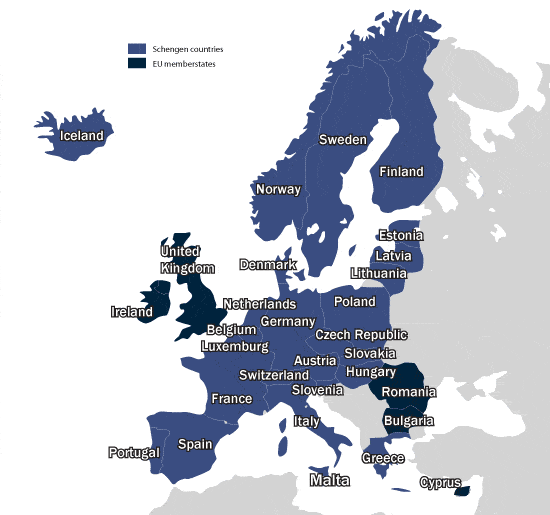It's been about six weeks since I left my job and I can feel that things are starting to change. The first phase of unemployment -- "decompression" -- is coming to an end, and my mind and spirit are embarking on a new journey. I feel meditative and contemplative, and have started to explore deeper questions about who I am, who I want to be, and how I can use my skills and talents to make meaningful contributions to the world. Having the time and freedom to explore my life purpose is a powerful experience. I have only started to appreciate what a gift this is, and the endless possibilities that lie ahead. It's humbling to realize that life is truly a blank slate which I can mold and shape into my dreams.
It's astonishing to look back and realize how many years I spent on a conveyor belt, moving along and ticking off achievements because that's what I was supposed to do. Why did I go to graduate school? Because that's what the other top students in my class were doing, and I couldn't be satisfied with myself unless I achieved the highest possible degree in my field. It's frightening and distressing to realize that so many of my decisions were based on logic and reasoning, without any consideration for my own passions and purpose in life. But I can't fault myself for this, as I never took the time to explore who I was and what I wanted while I was so busy achieving and accomplishing.
After all we are human beings, not human doers. -- Chopra Center
While it has taken me 33 years to get to this point, I am grateful to be going through this process now. And it truly is a process. It's exhilarating, humbling, and confusing. At times, I feel like a toddler wandering around my inner self, struggling to identify what I see, frustrated at not being able to clearly communicate what I feel, and trying to make sense of all of the new concepts I'm learning.
It's still early in my journey, but some recurrent themes are starting to appear in my self-reflections. One of my strongest passions is to share knowledge, learnings, and experiences with others. Some might call this teaching, but I think that it's more than that. It's inspiring others to learn, tackling complex ideas and translating them into meaningful, easy-to-digest concepts, and empowering an audience with new knowledge.
And this, my friends, is why I've started this blog -- to be a source of information, inspiration, and encouragement for you as stumble my way through life.












